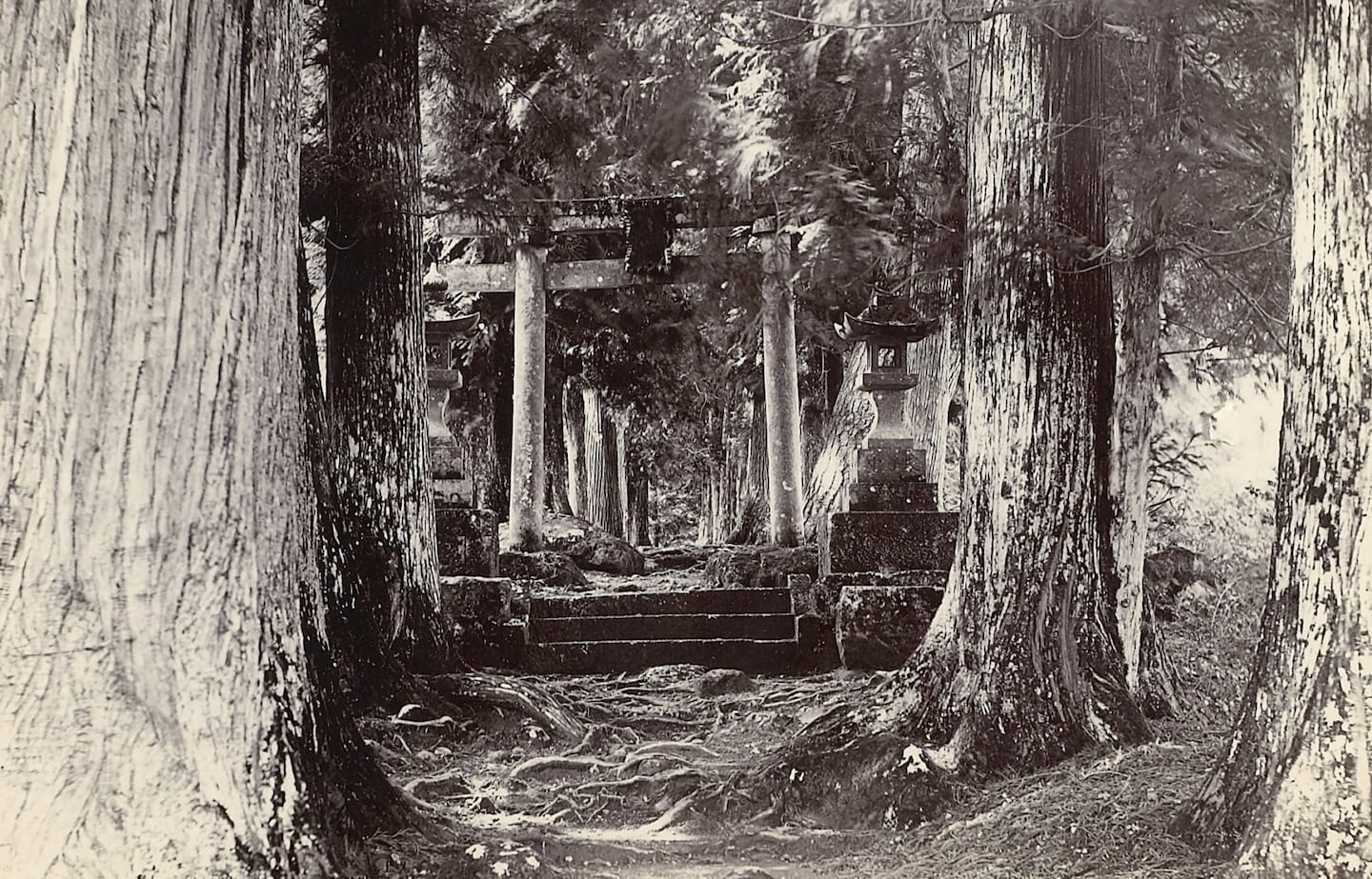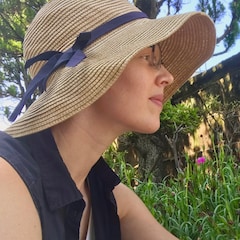Japan through the Eyes of the First Tourists
Prepping for a trip these days generally involves social media, blogs, and vlogs. Those with more time on their hands might pick up a new travelogue for vivid descriptions in flowing prose. But why stick with recent when you can also dive into the past?
By Helen Alma LangfordDiscovering Japan through Vintage Travelogues
The Meiji (1868–1912) and Taisho (1912–1926) eras saw a number of travelogues published by Western travelers and residents of Japan. Their accounts, written for a public almost completely unfamiliar with the country, provided a colorful introduction to a world most could barely imagine. These accounts still provide fascinating background for travelers, and are well worth adding to your reading list.
"Glimpses of an Unfamiliar Japan," Lafcadio Hearn
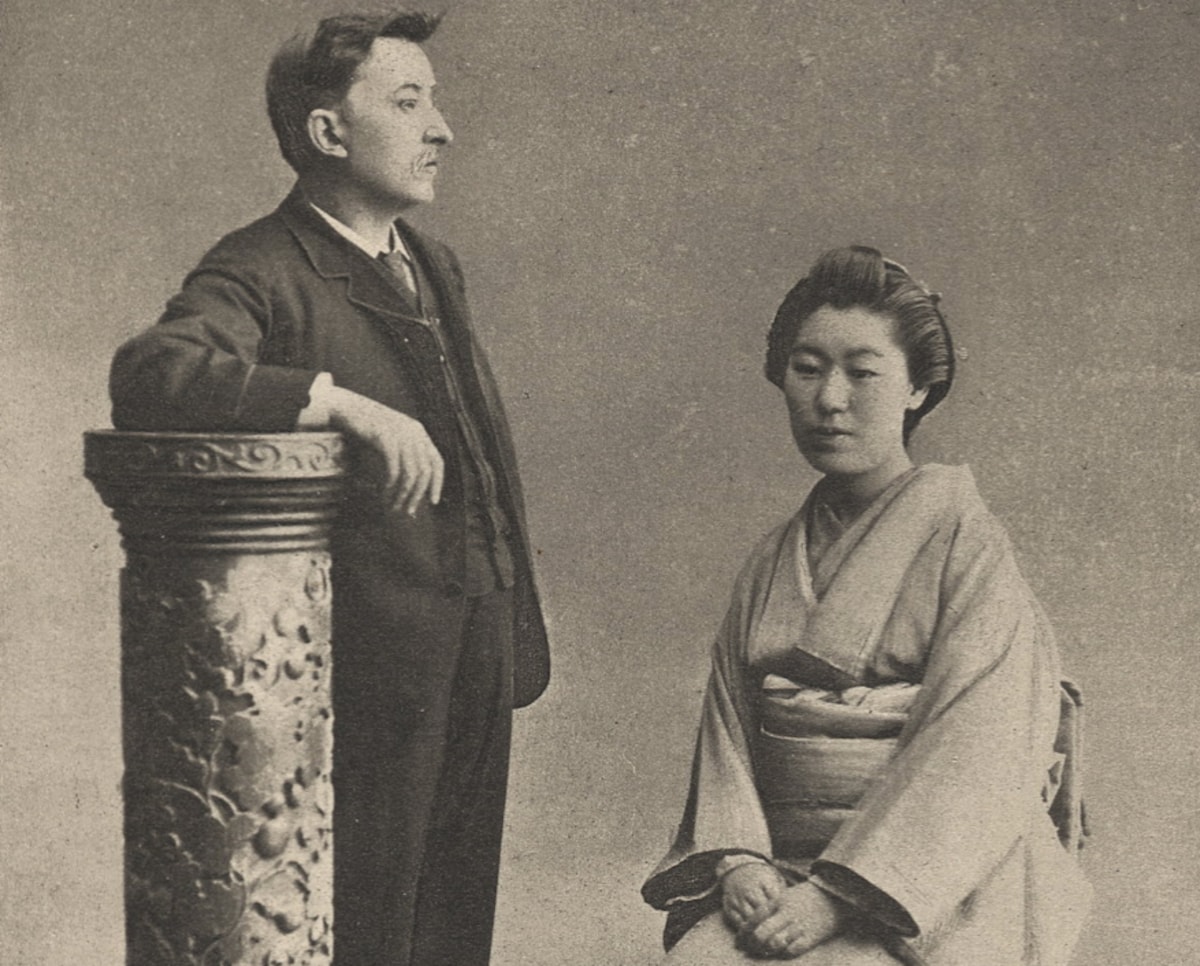
https://commons.wikimedia.org/wiki/File:Lafcadio_Hearn.jpg
Published in 1894 in two volumes, Glimpses of an Unfamiliar Japan is a collection of articles and essays written by Hearn (1850–1904) during his first several years in Japan. Hearn would spend the rest of his life in the country, marrying a Japanese woman, taking the name Koizumi Yakumo, teaching English in a number of different cities, and writing for various publications.
In Glimpses, Hearn shares his enthusiasm for Japan in vibrant detail. Some of his observations, tweaked just a little, wouldn’t feel out of place on a modern blog. Of his first rickshaw ride through the streets of Yokohama, he had this to say:
’Tis at first a delightfully odd confusion only, as you look down one of them,
through an interminable flutter of flags and swaying of dark blue drapery, all
made beautiful and mysterious with Japanese or Chinese lettering. For there
are no immediately discernible laws of construction or decoration…
Replace the flags and drapery with neon signs affixed to the sides of buildings, and Hearn's description could be that of a 21st-century tourist in Shinjuku or Shibuya.
His interest in spirituality and mythology shines in the sections on Shintoism, Buddhism, and legends, and provides the reader with a thorough introduction to various aspects of Japanese history and culture.
In contrast to these more spectacular sections are pages dedicated to Hearn’s experiences teaching and living in Japan. His insight into life and customs, which covers both the sorrowful and the joyful, is generously shared in his writing. This is one of the great pleasures of Glimpses of an Unfamiliar Japan.
Though Hearn has been accused of exoticizing the country and its people, his intimate perspective provided one of the first windows into Japan, one that still benefits readers today.
"Kamakura: Fact and Legend," Mutsu Iso
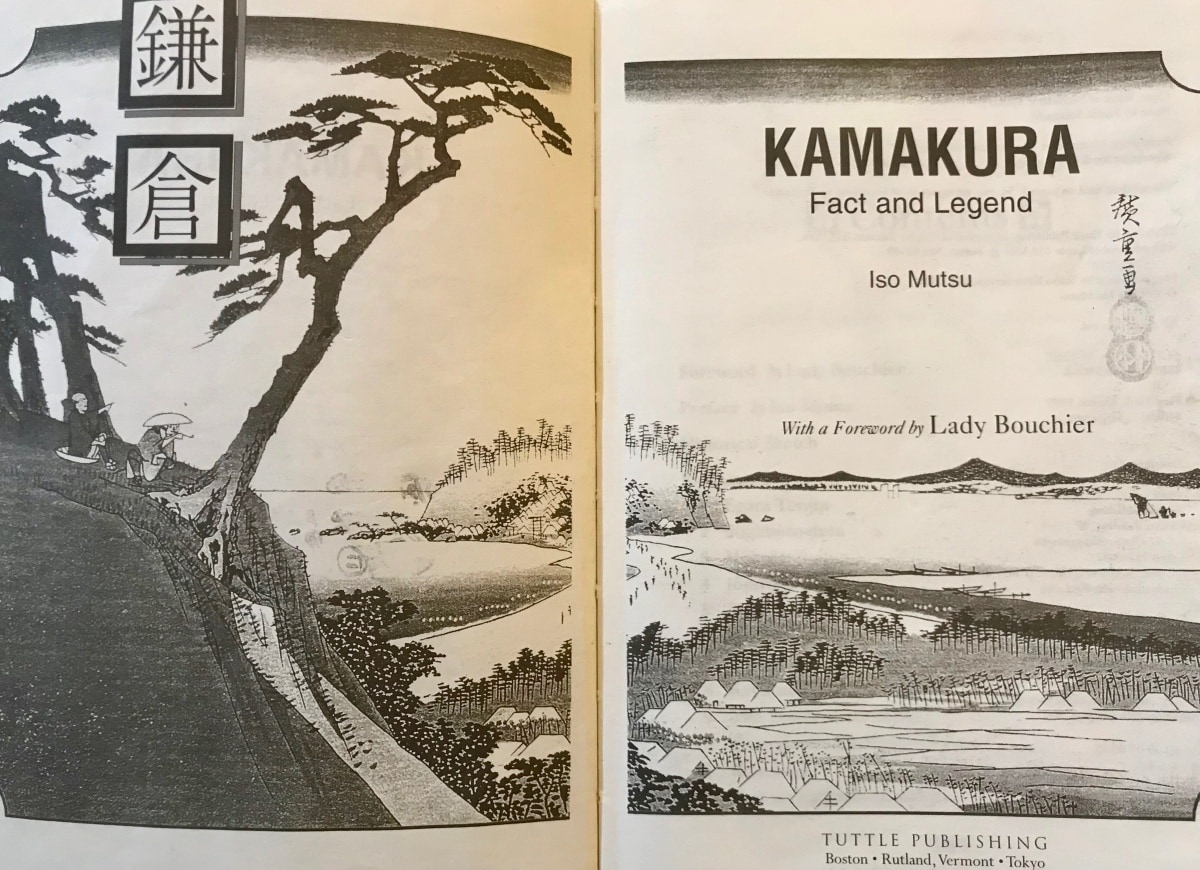
Kamakura: Fact and Legend is an exploration of the city of Kamakura as it was in the Taisho era, firmly grounded in the city's history. First published in 1918, it is less a travelogue than a love letter to the city. It delivers exactly what it promises—an explanation of the facts and legends of Kamakura—written in flowing prose by Mutsu (1867–1930), an Englishwoman married to a Japanese count and diplomat. Her birth name was Gertrude Ethel Passingham.
Mutsu’s close relationship with area priests and her extensive study of Kamakura’s past provide her writing with exquisite detail. The temples and shrines of Kamakura, the military capital of the Kamakura shogunate (1185–1333), and the important figures in its history come alive, and not just as they were in Mutsu’s time—both past and Mutsu’s present are recreated.
Through Mutsu, we learn of the former grandeur of the city, of how its temple and shrine complexes were once vast and opulent. We also discover that certain temples and shrines popular today were little more than ruins in Mutsu's time.
Mutsu died in Kamakura in 1930, and her ashes lie in the cemetery of Jufukuji Temple, of which she wrote, “The cemetery is a tranquil and beautiful spot, surrounded by thick woods and enclosed with huge boulders of rock, whose gray sides are honeycombed with mossy caves containing tombs.”
In this same cemetery repose the remains of Hojo Masako (1156–1225), consort of the Kamakura shogunate’s first shogun, and Minamoto no Sanetomo (1192–1219), their son and the third Kamakura shogun. The cemetery, still tranquil and beautiful, is more than worthy of a visit while exploring the city, Mutsu’s book in hand.
"Unbeaten Tracks in Japan," Isabella Bird
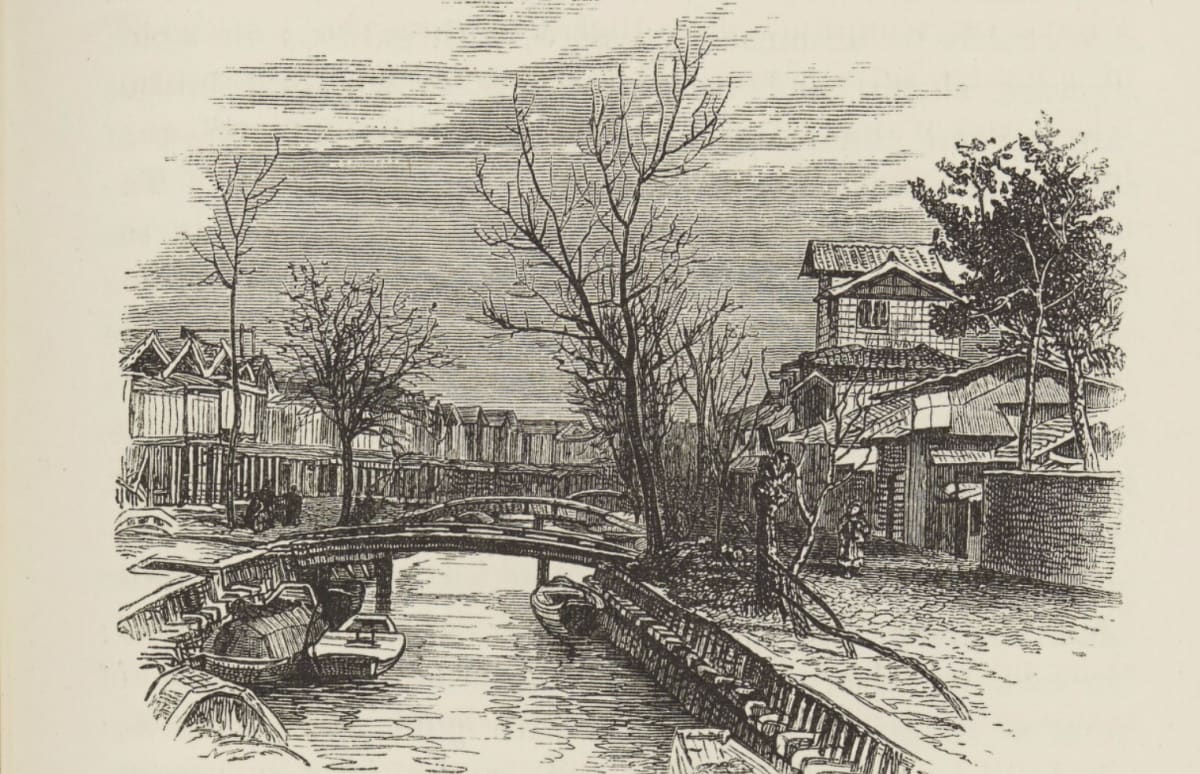
https://digital.nls.uk/isabella-birds-travel-photographs/archive/120758597#?c=0&m=0&s=0&cv=19&xywh=213%2C657%2C2981%2C2447
Unbeaten Tracks in Japan, originally published in 1880, is the oldest of the three works introduced in this article and one of the best-known early Western travelogues of Japan. In it, Isabella Bird (1831–1904), a well-traveled British woman, describes her journey from Yokohama and Tokyo to Hokkaido over seven months in 1878.
Though incredible in scope and detail, be warned that Bird is generous with prejudiced takes on Japan, its people, and culture, with the Indigenous Ainu people receiving the brunt of her bias. For context, one of Bird’s goals, though not explicitly stated in the edition of the book most readily available, was to assess Japan for possible Christian missionary work. (More on Bird can be found in an article written by Isabella Bird scholar Kanasaka Kiyonori and published in May 2020 on Nippon.com.)
Thanks to support from influential Western and Japanese acquaintances, as well as her interpreter, Bird was able to travel across great swaths of Japan never before seen by non-Japanese at a time when travel was strictly controlled. As such, her accounts of various areas of the interior and Hokkaido are unique.
Even so, like Hearn, some of Bird’s observations wouldn’t be out of place today. A festival is "like a fairy scene, the undulating waves of lanterns as they swayed along, the soft lights and soft tints moving aloft in the darkness, the lantern-bearers being in deep shadow ...” (Letter XXIX). Hokkaido, which she refers to as Yezo, “is Japan, but yet there is a difference somehow.” (Letter XXXIII)
The unprecedented access to interior Japan and Hokkaido that Bird enjoyed makes her work an interesting, one-of-a-kind account of Meiji-era Japan—just be prepared for a heavy dose of condescension and bias.
Travelogues in the Public Domain
There are many more travelogues and essay collections from the Meiji and Taisho eras, many of which can be found online for free. In fact, all three of the travelogues covered here are in the public domain. Project Gutenberg and the Internet Archive are just two of many places to search for more early writings on Japan as seen through the eyes of newcomers.
Image Source (images 1 and 4): National Library of Scotland
License: CC BY 4.0
Image Source (image 2): Public Domain


